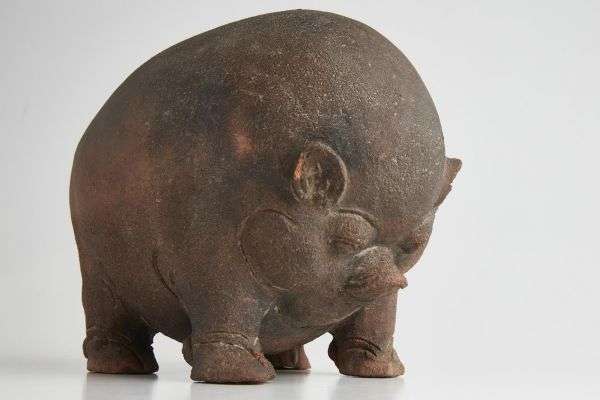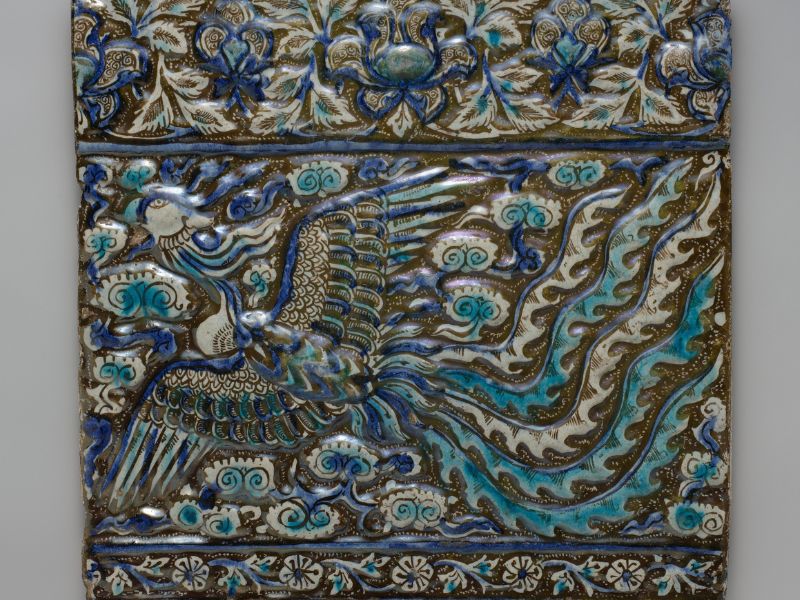
- This event has passed.

Majapahit pig from the collection of Dr John Yu - courtesy Mosman Gallery.
Earthenware is the oldest form of fired pottery in the world dating back some 29,000 -25,000 BCE. For millenia, only earthenware pottery was made. Although it is low- fired and slightly porous, it is quite durable and abundant due to the plentiful availability of clay and the economy of production.
In Asia, from the Neolithic period (c.6500-1900 BCE), earthenware was more readily produced as people became settled in agricultural communities. By studying earthenware ceramic traditions, we can appreciate not only their functionality and importance but the simplicity and beauty of their forms and decoration. In this three -part series, we will explore some facets of the development of earthenware in Asia.
Tuesday 5 October: Earthenware in Southeast Asia: An Overview of its History
Emeritus Professor John Miksic
Southeast Asian earthenware is a neglected subject of study compared to the glazed wares of China, Japan, Vietnam and Thailand. This talk will discuss the long history of this craft, its aesthetics and socio-cultural importance. Earthenware was not only for utilitarian purposes – it had artistic and symbolic meaning for the people of this vast and varied region.
Tuesday 14 October: Majapahit and the Origin of the Piggy Bank
Dr Ann Proctor
The Majapahit kingdom flourished in Java between the late 13th and mid -16th centuries. This presentation will discuss aspects of the society and environment of Majapahit times that saw changes in building style, materials and decoration. One manifestation of these changes is reflected in the mastery of earthenware. Examples under discussion include beautiful objects from the collection of Dr John Yu, including a charming piggy bank. Could the Majapahit have been the first people in the world to use piggy banks?
Tuesday 19 October: Tang Dynasty Pottery, Modelling the Afterlife
Professor Tonia Eckfeld
Tang Dynasty (618-907) pottery tomb wares vividly capture the spirit of the times – open, cosmopolitan and prosperous. Produced in vast sets, pottery objects were visible demonstrations of the status of the deceased and served the purpose of providing for the soul’s continued happy existence in perpetuity. They reveal the daily life of women and men at various levels of Chinese society. Painted and glazed pottery, including characteristic Tang sancai wares were part of an important pottery manufacturing system which is now coming to light through archaeological discoveries.
HOW TO BOOK: Please email Margaret White by Friday, October 1 to secure your place: margaret.artmoves@gmail.com
Registered participants will be sent the Zoom link a day or two prior each lecture.
HOW TO PREPAY: Please RSVP to Margaret before paying.
1. By Direct Debit (‘your name Earthenware’ as reference)
BSB: 012 003 Account Number: 2185 28414
Account Name: The Asian Arts Society of Australia
2. By credit card on this website – see booking button on top right of this page
Below is the date of the next lecture in the series, but bookings and the price cover all three lectures.
